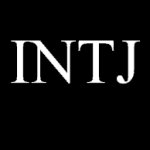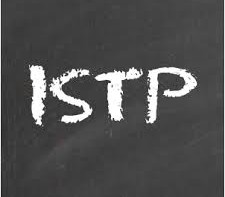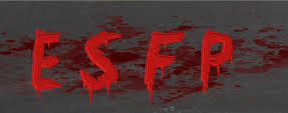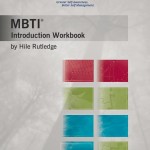
A client recently voiced some discomfort with the Type profiles from Type Talk At Work, which note differences of men and women within the same Type. There have always been people who have objected to the suggestion that men and women within a Type show any differences (attributable to gender), and while I don’t like disappointing my clients and readers, the gender specificity of these profiles—the most popular profiles OKA has ever produced–remains an issue worthy of discussion and one that has always caused a few stark reactions—from gratitude and relief on one end to resentment and bruising on the other.
Some of the statements made that readers have pushed against over the years include:
 INTJ: As with all Thinking types, female INTJs face special challenges at work. Many of the traits described above—independence, objectivity, and control—fly in the face of traditional feminine models.
INTJ: As with all Thinking types, female INTJs face special challenges at work. Many of the traits described above—independence, objectivity, and control—fly in the face of traditional feminine models.
ISTP: ISTP women, like other T women, have a particularly difficult problem with role identity and career fulfillment. Often when Introverted-Thinking is combined with Sensing-Perception, one finds a loner who loves the tactile world of craftsmanship.
ISTP women, like other T women, have a particularly difficult problem with role identity and career fulfillment. Often when Introverted-Thinking is combined with Sensing-Perception, one finds a loner who loves the tactile world of craftsmanship.
 ESFP: “For males, it is the Feeling decision-making preference that can cause them to be seen as too soft-hearted to be a “man’s man.”
ESFP: “For males, it is the Feeling decision-making preference that can cause them to be seen as too soft-hearted to be a “man’s man.”
Take INTJ, for example, the couple of paragraphs that discuss female INTJs in the workplace present an accurately complicated picture of an independent, visionary, mover-and-shaker that often flies in the face of traditional gender roles. The profile notes that women INTJs have added challenges due to this head-wind of gender expectation that male INTJs tend not to face. This is true. With about 2/3 of women as Feeling deciders and 2/3 of men Thinking deciders, Thinking is and has long been regarded as the “male” way and Feeling as the “female” way. This—over time, has led to the societal expectation of men being Ts and women being Fs.
As a result, male Fs and female Ts have the experience of swimming upstream. While this countering of social roles and societal expectations can work to an individual’s advantage at times, there are always prices to pay when we hold a minority preference. These realities are what the profiles are trying to present—they don’t make up the bulk of the profile, but they are mentioned, and some of the profiles have a sharper edge than others.
However, this leads to the biggest—and to me most important point: the role of any good Type profile.
The role of any good profile is to present an average portrait of the Types. A good profile describes the dynamic relationship of four preferences that comprise it, noting how the Type tends to show up in the world, but it is NOT supposed to describe any individual. For instance, Paula is a former INTJ colleague of mine. She was given the INTJ profile with the task of deciding what descriptions and details were accurate for her—even going so far as giving that profile to her colleagues, family and friends to decide the “fit” of INTJ. Paula really connected with some parts of the description while she rejected others—some of her opinions were supported by her other readers, and some of her readers’ opinions came as a bit of a surprise to Paula, but all of these steps were taken in an effort to find Paula’s best fit Type.
The profiles are not and should not ever be seen or used a straight-jackets; they are big-picture patterns that illustrate in broad strokes a style, not the details of any given person.
That said, we at OKA feel it is important to pull in the role that gender plays in who we are, how we act and how we are received by the world around us.
 Note: While the above is true, OKA also has other profiles that do not call out gender at all (to streamline the profiles and avoid the controversy). The profiles written for the MBTI Introduction Workbook (which are printed in the workbook as well as excerpted for individual printing and use) are also available for your use should you prefer these.
Note: While the above is true, OKA also has other profiles that do not call out gender at all (to streamline the profiles and avoid the controversy). The profiles written for the MBTI Introduction Workbook (which are printed in the workbook as well as excerpted for individual printing and use) are also available for your use should you prefer these.

Leave a Comment